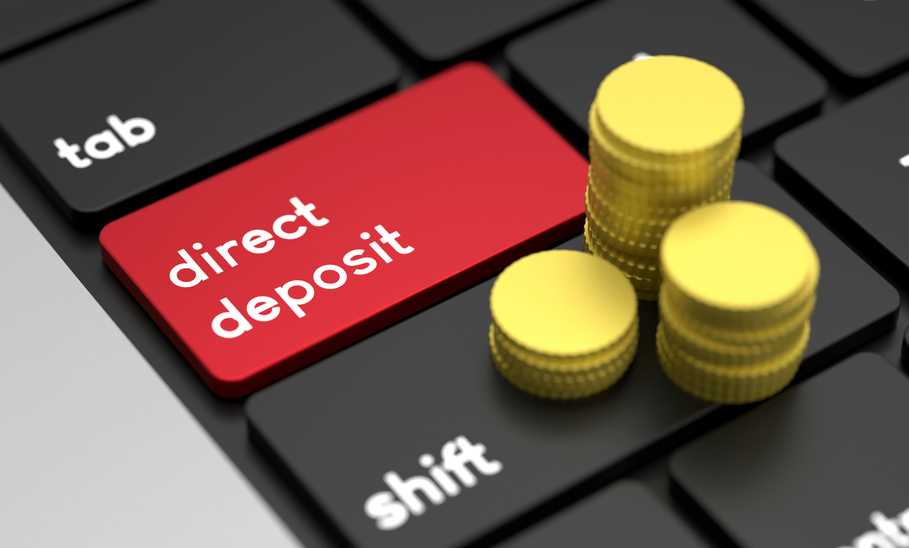

Our evaluations and opinions are not influenced by our advertising relationships, but we may earn a commission from our partners’ links. This content is created by TIME Stamped, under TIME’s direction and produced in accordance with TIME’s editorial guidelines and overseen by TIME’s editorial staff. Learn more about it.
updated: June 27, 2024Direct deposit is a payment method that's administered electronically between financial institutions. The payer will issue a direct deposit or electronic payment transaction that will automatically transfer to the recipient's account at a bank, credit union or other financial institution that accepts direct deposits. There's no need for the recipient to receive a physical check or cash and deposit the amount themselves. This convenience is why many employers and workers prefer direct deposit.
Your employer or a payer (such as the IRS for your tax refunds) will first ask you, the payee, for your banking information, including your bank routing and account number. This information is for the purposes of being able to pay you. Your employer will most likely ask you for your direct deposit information during the onboarding process. You can choose to have the money deposited into one account or multiple accounts—in some cases you can indicate the percentage you want deposited into each account.
Once the payer has this information, it will input it into either their payroll or banking software and schedule the direct deposit on their payment schedule. For example, if your employer pays on the 30th day of each month, the payroll or finance department will send payment information to their bank. Then the payment will be pushed out electronically—typically through the ACH (automated clearing house) network—on the 30th.
While the most common way people associate direct deposit is through their employer, there are many other ways you or other payers can use this method of payment:
The main benefits of direct deposit are the speed and convenience—it could explain why it's one of the most popular payment methods. Instead of having to pay to write a check and send it to payees, payers can schedule a payment on their payroll software or by logging into their financial institution. Recipients don't have to worry about losing a paper check or take the time to deposit it, whether in person at their local branch or through their bank’s mobile app.
Keep in mind that not everyone can send and receive direct deposit payments if they don’t have a bank account. That’s why it’s important to still have other payment methods just in case.
If you’re considering opening a new bank account to receive direct deposits, know that most financial institutions have this feature. And some offer extra perks to account holders who arrange to receive direct deposits.
Here are some checking accounts you can consider as you’re doing your research: